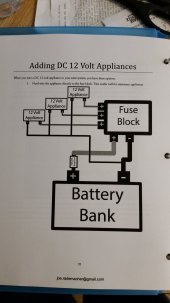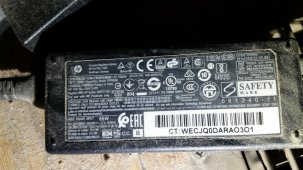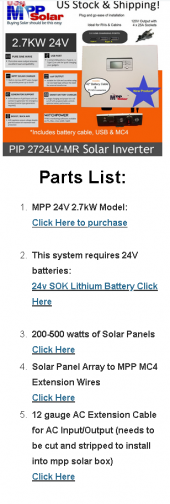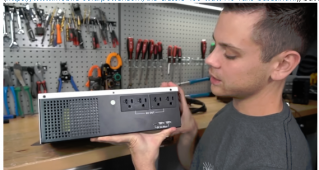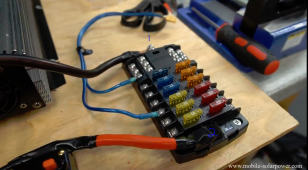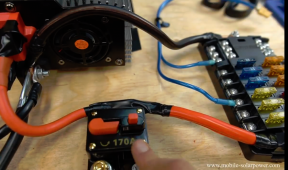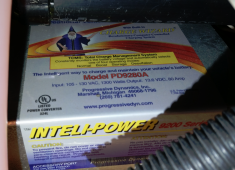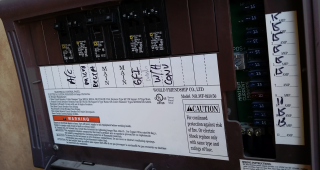Hi everyone,
This is my first post, I saw some of Will Prowse’s videos on youtube a while back and bought his book. I don’t have any electrical experience, so after reading the book and watching the videos, there are a few concepts that I still don’t get, that I’m hoping this community can shine some light on. I reached out to a local electrician that was supposed to help me but he got busy with another job…and he didn’t have much experience with campers anyway…so I’m hoping the experts here can help.
I have a 2006 Everest camper that I want to wire up with solar. I originally planned on a 12v setup, so I bought all the parts listed here (https://www.mobile-solarpower.com/the-classic-400-watt-rvs-vans-buses.html), but now I think a 24v all in one setup (
) would suit me better. In that video, I saw that I can still use the two 12v batteries I got by hooking them up together…can I also do that with my 12v 200 watt solar panels so I can use them in a 24v system?
The 24v all in one that I want to get has the power plugs directly on it, but I was curious, when Will talks about wiring the 12v appliances to the fuse block here (
, and also shown in attached diagram) , is he talking about the microwave, lights etc on the camper, or things like computers, cell phone chargers, tvs? I’m still a bit confused on which devices can/should be plugged into the inverter using a normal power cord vs wired directly into the fuse block. I read that if a device will be used frequently, such as a work computer, it should be wired to the fuse block. I work from home and use a laptop, external monitor and internet dish for at least 10 hours a day…does that mean I should chop the end off the power cables for each of those devices and wire them directly to the fuse block like Will does in his videos?
The reason that I suddenly wanted to switch from 12v to 24v was because I looked at the power adapter for my laptop (see attached picture) and saw that it said 19.5v, so if I understand correctly, I would need a DC –DC converter to make that work. So my thinking was, because 19.5v is less than 24v, if I just get a 24v system I don’t have to bother with the converter and I just plug the power cable directly into the inverter…was I thinking about this correctly? Or would that not matter because it should still be spliced into the fuse block whether on 12v or 24v?
This is my first post, I saw some of Will Prowse’s videos on youtube a while back and bought his book. I don’t have any electrical experience, so after reading the book and watching the videos, there are a few concepts that I still don’t get, that I’m hoping this community can shine some light on. I reached out to a local electrician that was supposed to help me but he got busy with another job…and he didn’t have much experience with campers anyway…so I’m hoping the experts here can help.
I have a 2006 Everest camper that I want to wire up with solar. I originally planned on a 12v setup, so I bought all the parts listed here (https://www.mobile-solarpower.com/the-classic-400-watt-rvs-vans-buses.html), but now I think a 24v all in one setup (
The 24v all in one that I want to get has the power plugs directly on it, but I was curious, when Will talks about wiring the 12v appliances to the fuse block here (
The reason that I suddenly wanted to switch from 12v to 24v was because I looked at the power adapter for my laptop (see attached picture) and saw that it said 19.5v, so if I understand correctly, I would need a DC –DC converter to make that work. So my thinking was, because 19.5v is less than 24v, if I just get a 24v system I don’t have to bother with the converter and I just plug the power cable directly into the inverter…was I thinking about this correctly? Or would that not matter because it should still be spliced into the fuse block whether on 12v or 24v?



